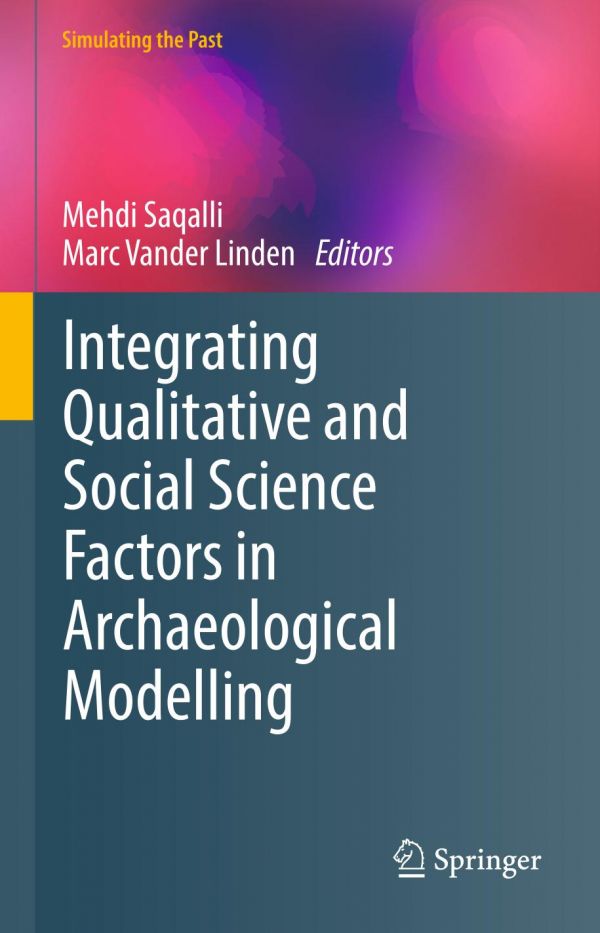

Most ebook files are in PDF format, so you can easily read them using various software such as Foxit Reader or directly on the Google Chrome browser.
Some ebook files are released by publishers in other formats such as .awz, .mobi, .epub, .fb2, etc. You may need to install specific software to read these formats on mobile/PC, such as Calibre.
Please read the tutorial at this link: https://ebookbell.com/faq
We offer FREE conversion to the popular formats you request; however, this may take some time. Therefore, right after payment, please email us, and we will try to provide the service as quickly as possible.
For some exceptional file formats or broken links (if any), please refrain from opening any disputes. Instead, email us first, and we will try to assist within a maximum of 6 hours.
EbookBell Team

0.0
0 reviewsThis book covers the methodological, epistemological and practical issues of integrating qualitative and socio-anthropological factors into archaeological modeling. This text fills the gap between conceptual modeling (which usually relies on narratives describing the life of a past community) and formalized/computer-based modeling which are usually environmentally-determined. Methods combining both environmental and social issues through niche and agent-based modeling are presented. These methods help to translate data from paleo-environmental and archaeological society life cycles (such as climate and landscape changes) into the local spatial scale.
The epistemological discussions will appeal to readers as well as the resilience socio-anthropological factors provide facing climatic fluctuations. Integrating Qualitative and Social Science Factors in Archaeological Modelling will appeal to students and researchers in the field.